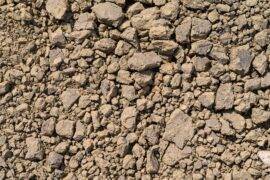Landscape fabric, also known as weed barrier fabric, is a go-to weed prevention essential for many a gardener. If you’re considering using weed barrier cloth, you may have some questions about its effectiveness. Does it really prevent weeds? Is it worth the trouble of installing? In short, the answer depends on several factors, including the amount of time you typically spend in the garden. Kate here, and I’ve xeriscaped two areas of my outdoor space, one with weed barrier fabric and one without. Today I’m sharing some of my gardening experiences with you as we explore the pros and cons of landscape fabric… [photo by Rich Radford, from The Garden Route Company]
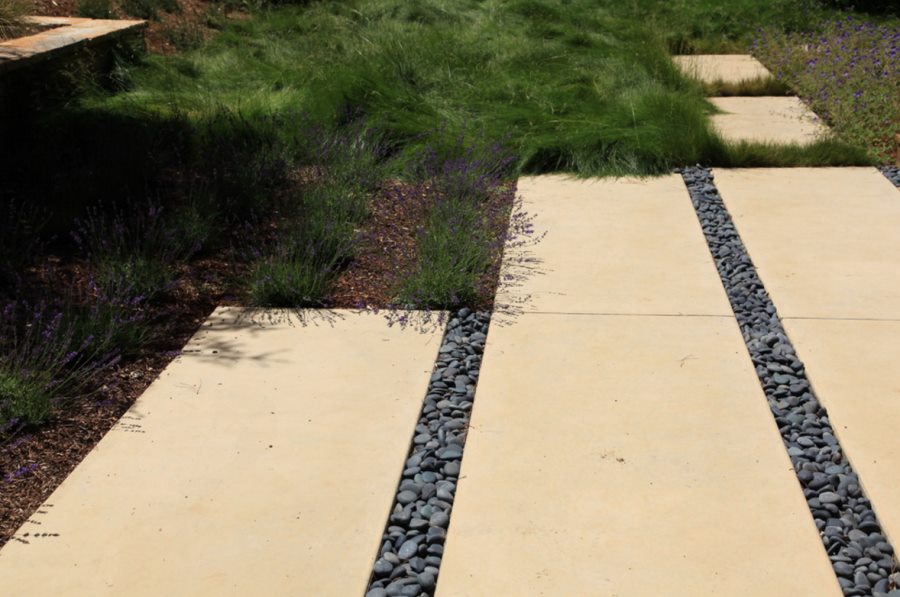
The Pros of Landscape Fabric
If all goes well with your landscape fabric, it has the power to reduce the amount of time spent weeding in the garden. If you’re not someone who enjoys gardening and yardwork, landscape fabric may be a good option for you. [photo from Lynda Makara]
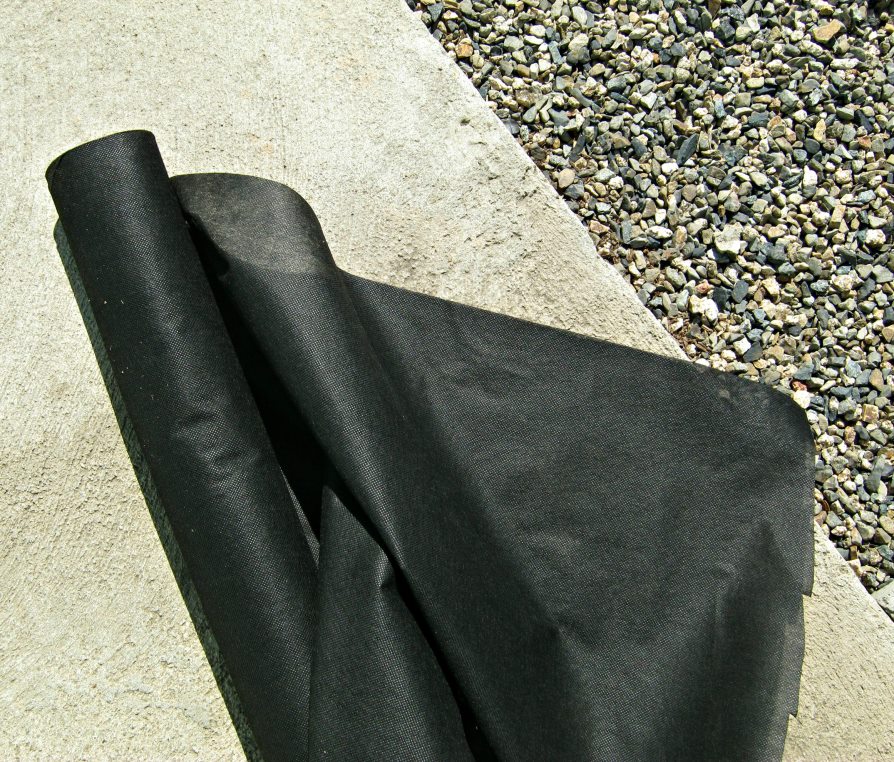
If you’re someone who likes to make a decision and stick with it, you may also appreciate the chance to landscape your yard once and enjoy your design without the worry of changing it up in a significant way. [from Folia Horticultural + Design]
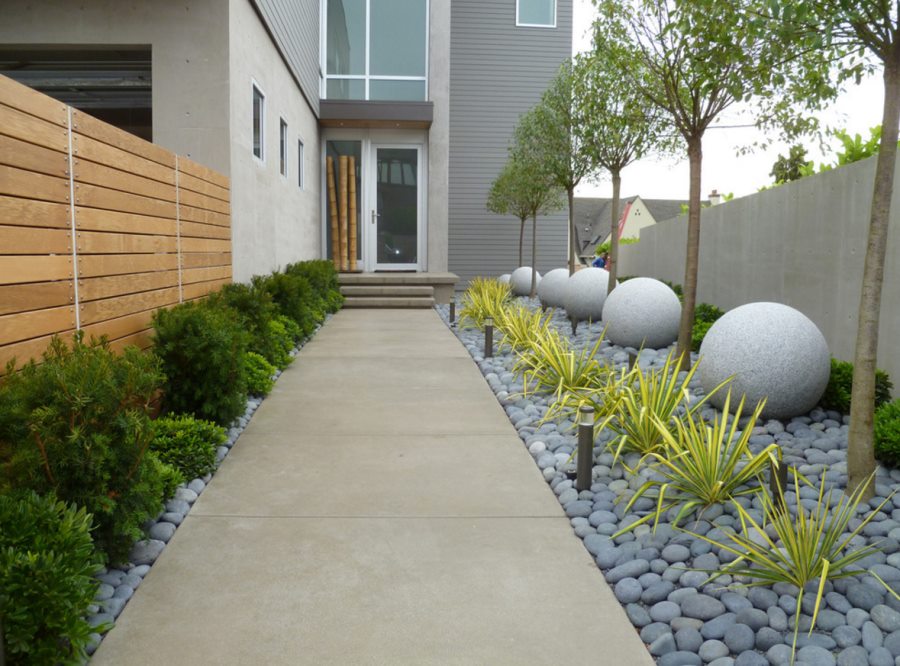
Not to mention, landscape fabric is ideal for xeriscaping, especially when gravel is involved (if you cover it with mulch, the mulch can break down and turn into topsoil, resulting in new plant growth). Who wants to spend time pulling weeds from the gravel or mulch once it’s in place?
Landscape Fabric Cons
If weed barrier fabric prevents weeds, what could be the possible drawbacks to this helpful tool? For one thing, weed barriers don’t always prevent weeds. While some gardening experts claim they don’t work, I’ve found them to be more helpful than if I hadn’t used anything at all. And any time that you don’t have to spend in the garden pulling weeds is time you can spend making your yard special in other ways.
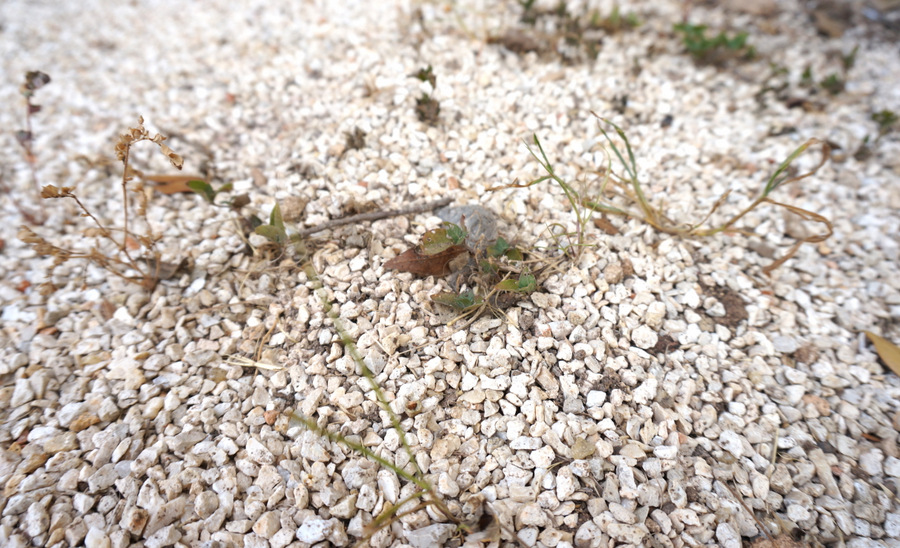
But it’s inevitable that some weeds will peek through the cloth, especially as the gravel or mulch over the fabric begins to thin, or if the mulch breaks down and soil/other debris collects on top of it, basically creating a new topsoil. And can we talk about how ugly the weed barrier fabric looks when it starts to re-emerge?! It’s not fun walking out to my gravel garden and seeing this:
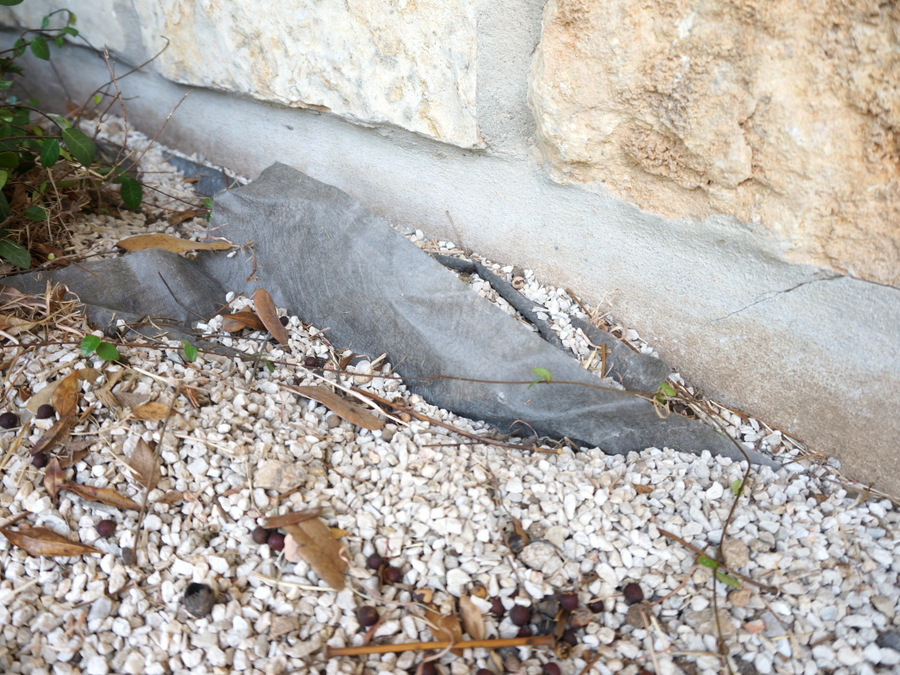
It’s clear I need more gravel, so some of this poking through can be prevented, but remember that landscape fabric does NOT equal a no-maintenance yard! As you can see, there are plenty of leaves (and other debris) that need to be removed from the gravel. Some might argue that with the amount of time it takes to maintain any yard or garden, it may not be that big of a deal to pull weeds while you’re at it!
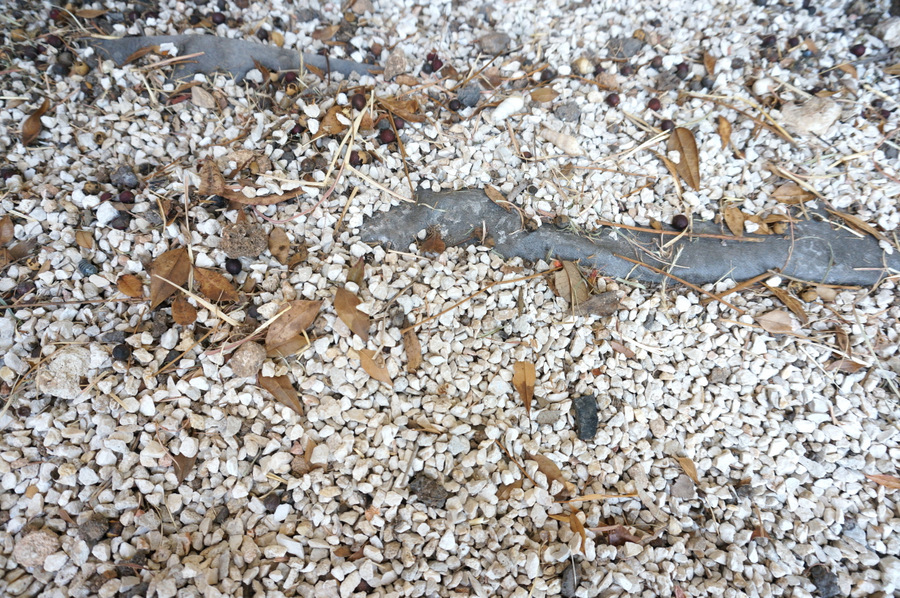
Weed barrier can also prevent new plant growth for the plants you actually want! I’m already regretting using weed barrier fabric in my outdoor space filled with Blue Agave plants. There are often pups that shoot off from the main plant and emerge through the soil. They’re easy to remove if you don’t want them, but now it will be difficult for them to make an appearance because of the landscape fabric. This garden really could have used some new growth. Blue Agave offshoots would have been a welcome addition!
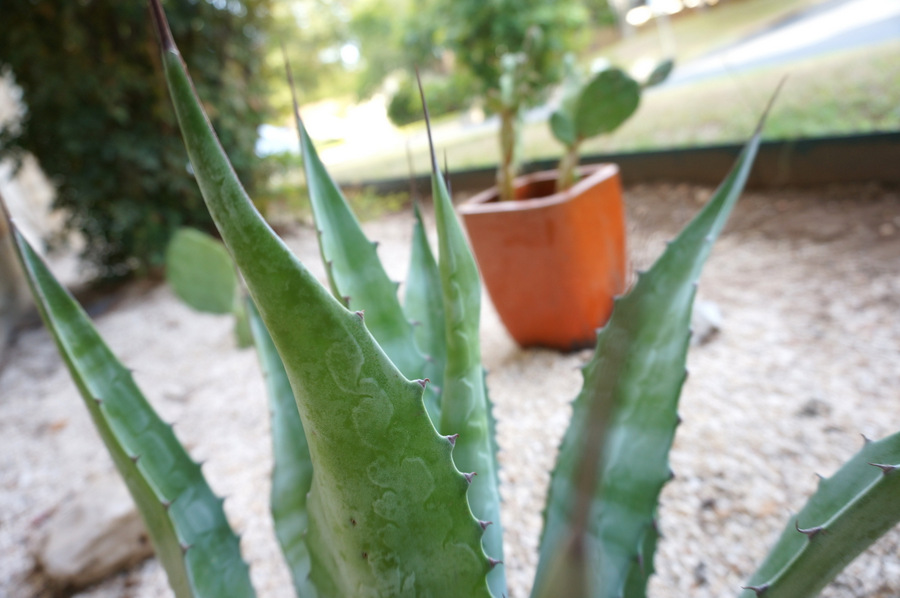
Finally, using a weed barrier can make change difficult. See the green flag emerging from the ground in the photo below? That’s where our termite guy buried a cylinder of bait to help prevent wood-eating pests. Whenever he comes to check it/dig up the cylinder, he has to make sure he doesn’t dig a hole too big, as the weed barrier will get in the way of the shovel. Not to mention, whenever I want to plant anything new, I’ll have to deal with the landscaping cloth and cut a new hole to make room. Not a really big deal, but kind of annoying!
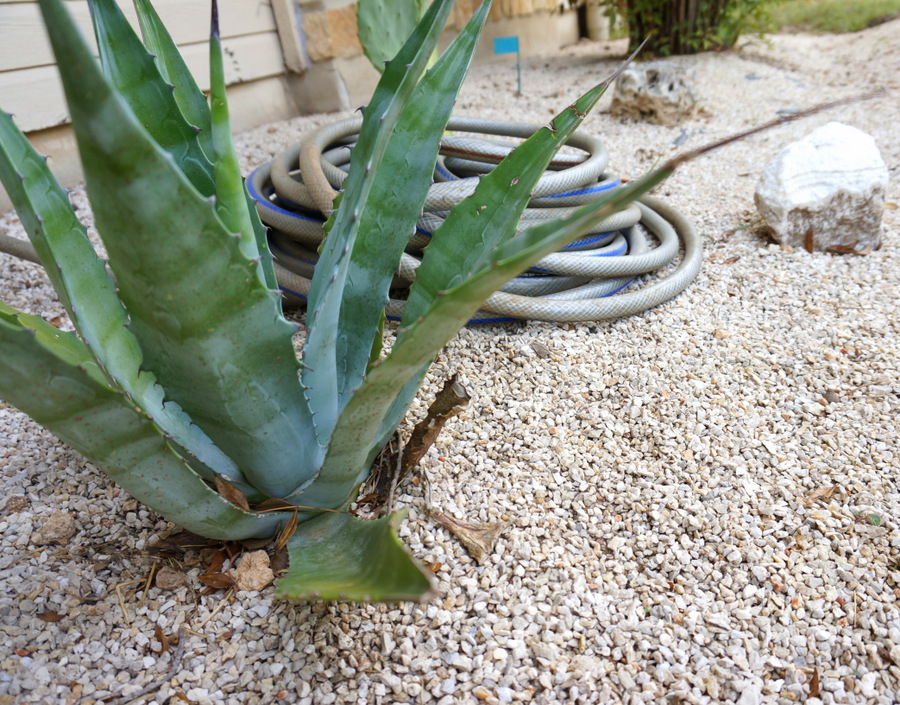
Do I regret putting a weed barrier cloth in this garden? A little bit. But all in all, it’s probably saved me a lot of time. Plus, I definitely need to add a couple more inches of gravel to make the weed barrier more effective. This is my problem, not the fault of the weed blocker!
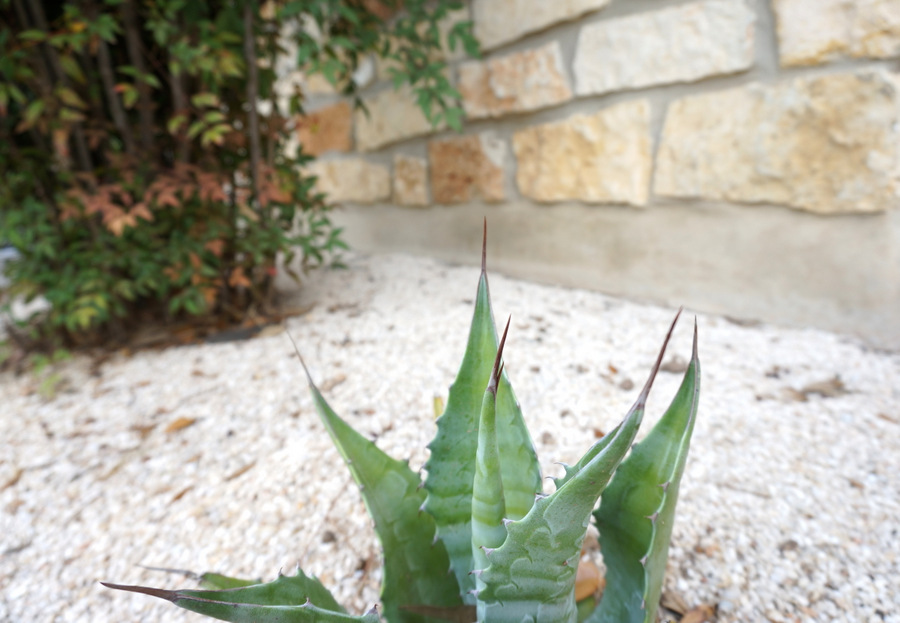
A Garden Without Landscape Fabric
If you decide to use weed barrier fabric, there are ways you can increase its effectiveness, such as using an adequate layer of gravel on top. Plus, replacing the weed barrier fabric as it weakens can be helpful. But what if you decide to go without landscape fabric. Is it doable?
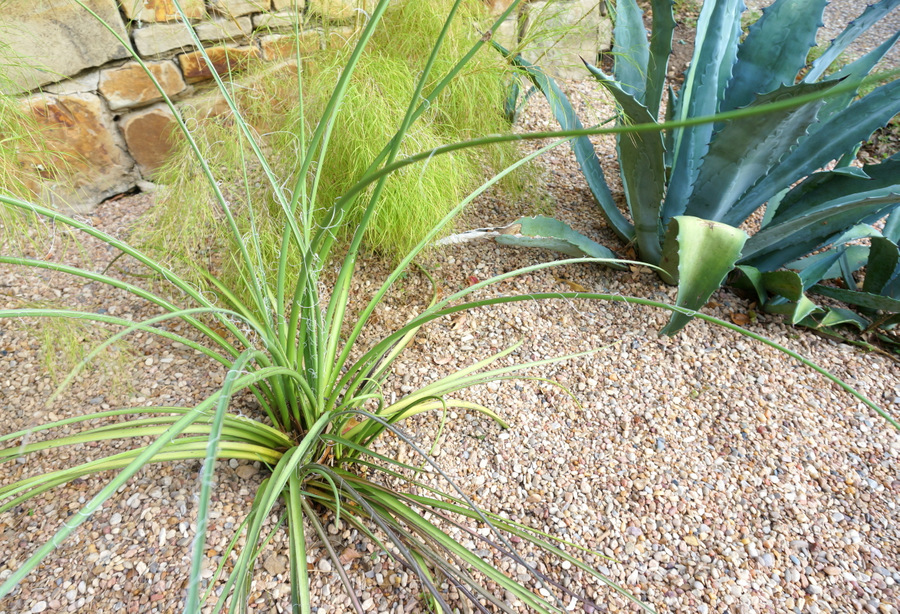
In short, yes. I just added gravel to a terraced area of my outdoor space, and I made the decision NOT to use a weed barrier first. Why? Because it’s a LOT of work. Because I know I probably won’t replace it regularly.
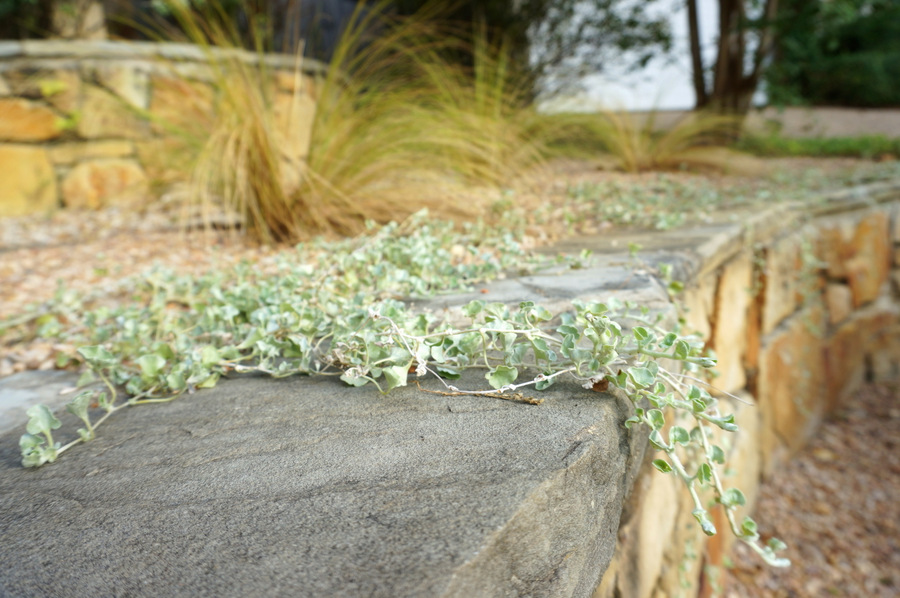
Because I like adding new plants to my outdoor space, and it will be easier to do so WITHOUT a weed blocker.
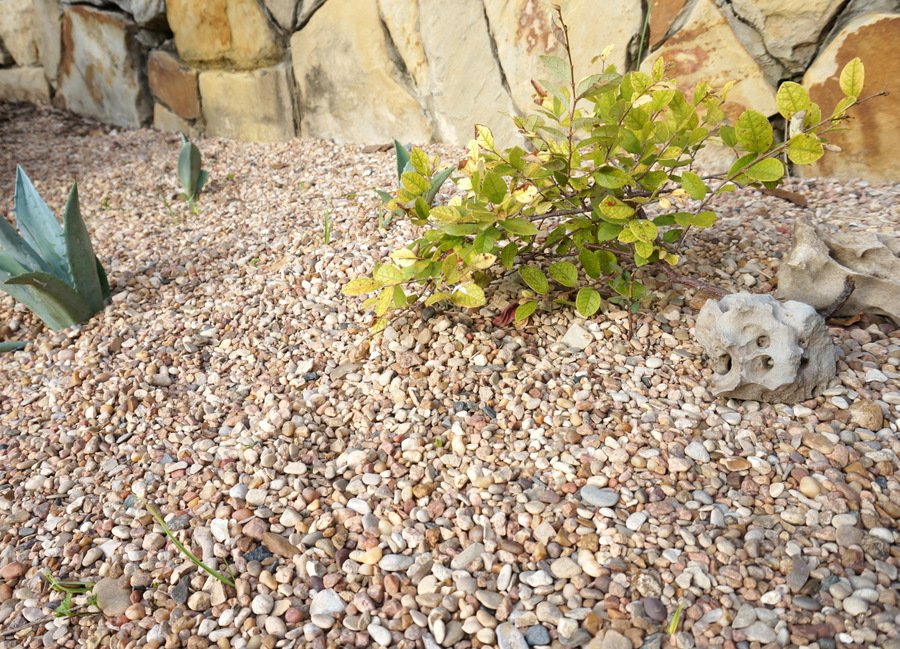
Because I really don’t mind pulling weeds (can you see the grasses poking through the gravel in the photo above?)!
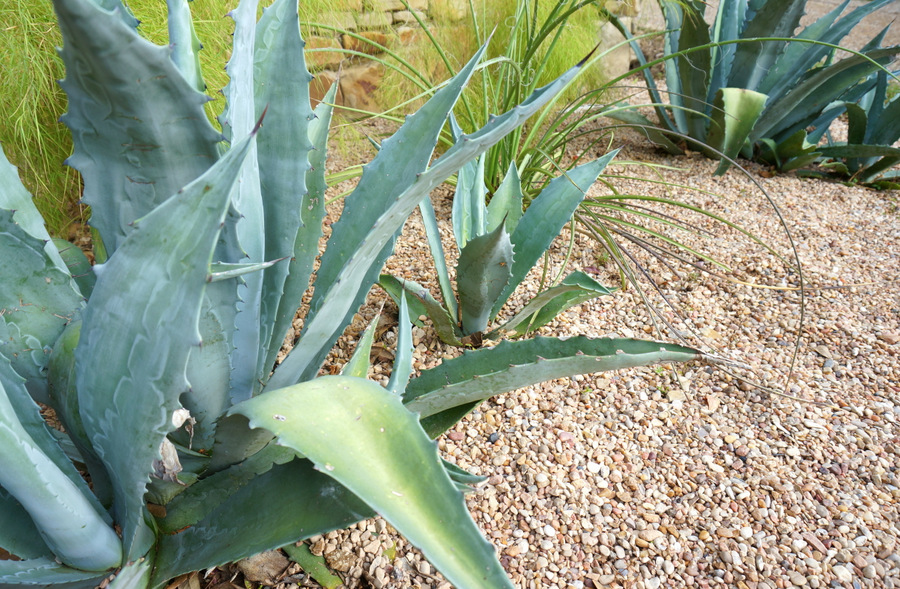
Because I want plants like my Blue Agave to be able to expand (and grow new pups) without being stifled or strangled.
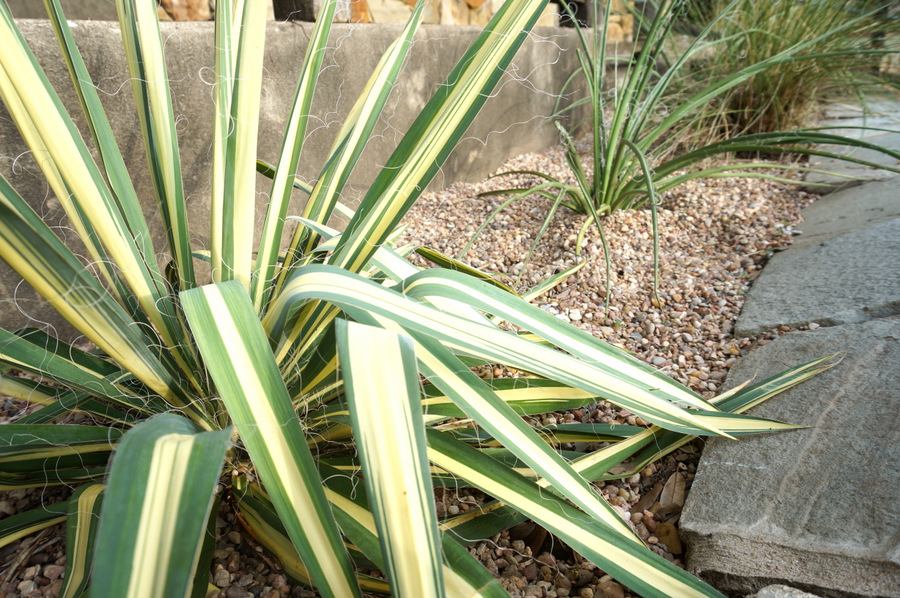
And because maybe I like a challenge!
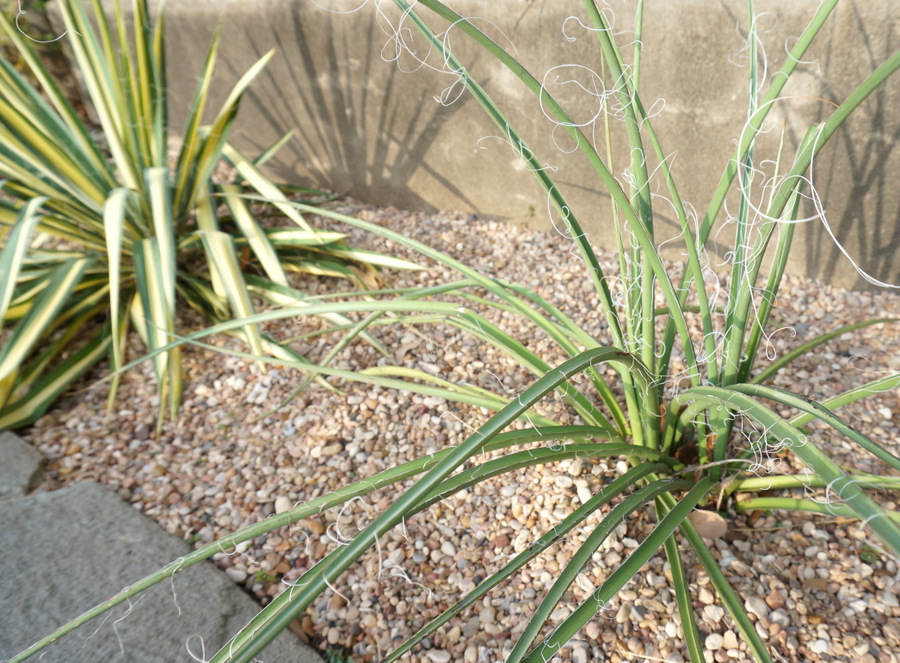
Having gone through the trouble of putting down a weed blocker and then having to remove it for home repair reasons, I think I’m done trying to control the plants that sprout up in my outdoor space. Plus, the gravel itself has done a good job of blocking heavy weed growth. Usually after a big rain, many weeds pop up in this area of the yard, but it hasn’t been too bad since I added the gravel! Maybe landscaping fabric wasn’t as necessary for this area as for other areas of my yard.
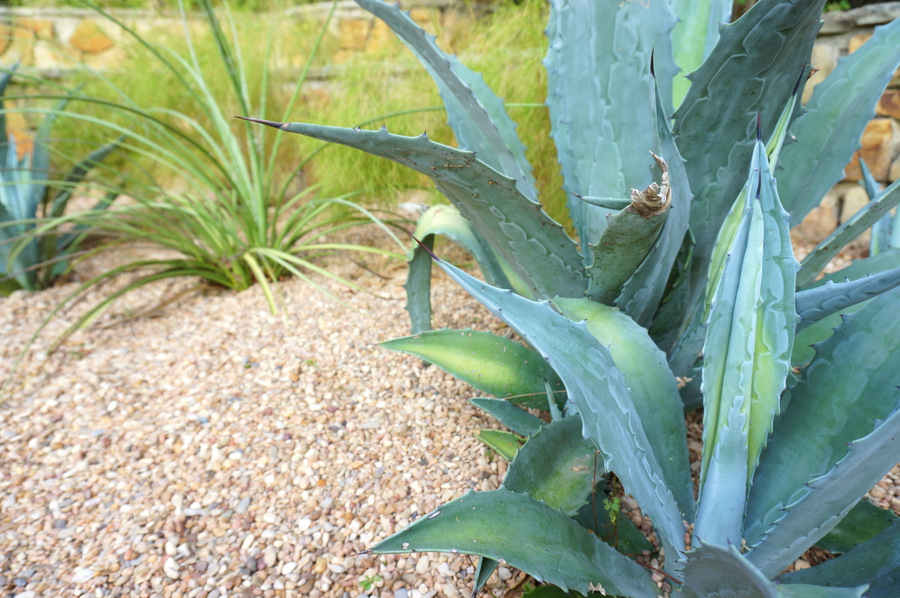
Final thoughts?! In my opinion, here’s the verdict: Landscape fabric can be helpful, especially if you’re a person who doesn’t enjoy gardening (aka, you hate pulling weeds), and if you’re willing to make sure the fabric is installed properly and updated as needed.
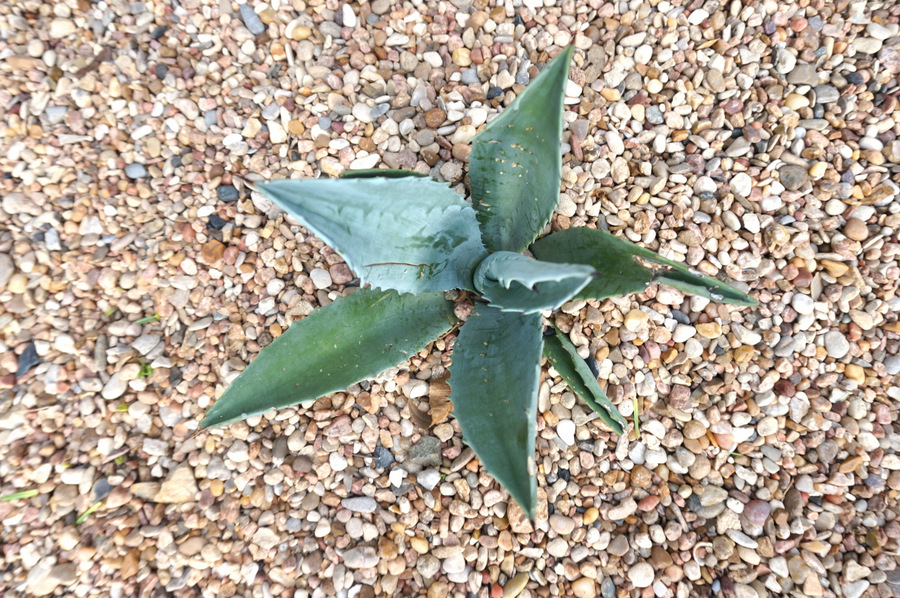
If you do decide to take the landscape fabric plunge, consult a professional to ensure that you’re laying the groundwork properly, so to speak! And don’t forget to have fun in your garden this fall…




